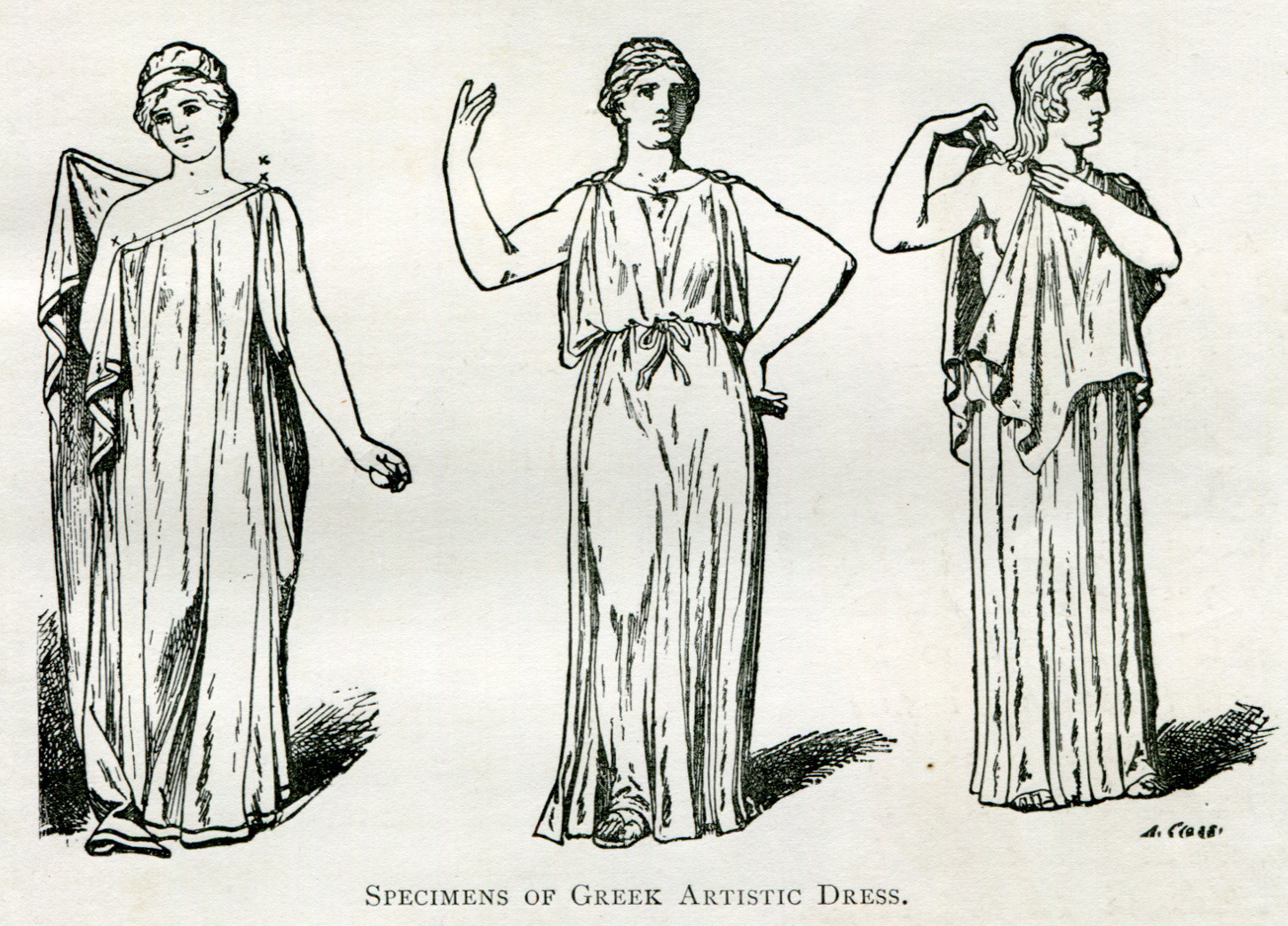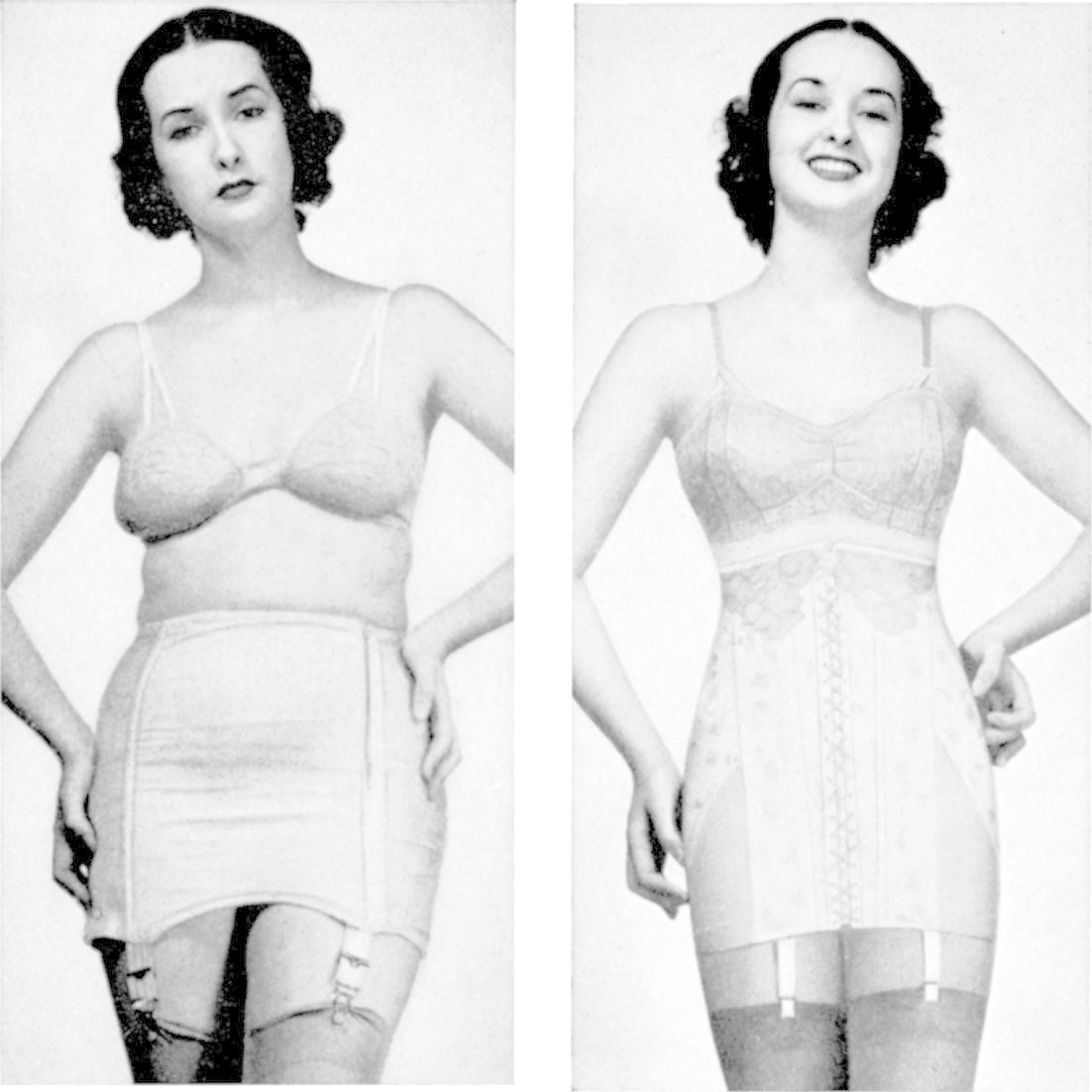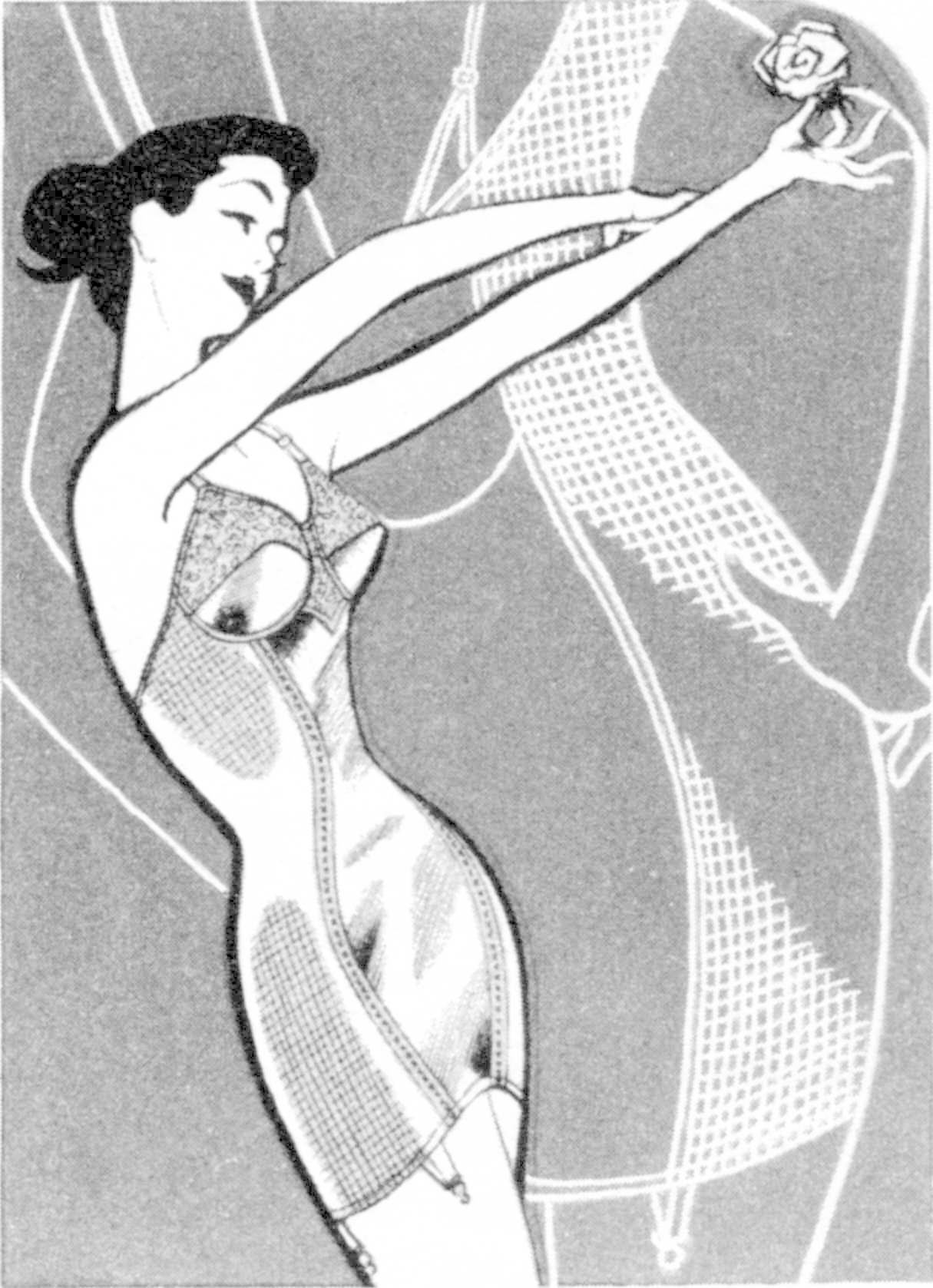

Login
Log in if you have an account
Register
Having an account with us will allow you to check out faster in the future, store multiple addresses, view and track your orders in your account, and more.
Create an accountCorset History IV: The Modern Corset

Victor Keppler, Carter Corsets, United States, December 1938, George Eastman House Collection 1976:0241:0209
What role does corsetry play in 20th-century fashion?
Dark Garden Corsetry has specialized in modern corsets for over 30 years, but this represents just a fraction of the history of fashionable corsetry. Historical designs inform modern ones, so we’d like to take you through the story of the corset one piece at a time.
|
Although the emancipated spirit of the “Roaring Twenties” seemingly conquered the corset, the corset didn’t disappear: read on to learn how the traditional corset inspired modern shapewear. In our last post, we covered how Victorian-era corset-makers achieved tight, hourglass-shaped fits through technological advancements such as metal grommets, slot-and-stud busks, steel boning, and steam molding. By the late 19th century, medical professionals and women’s dress reformers alike were protesting the rigid undergarment for its perceived health risks and inconvenience. Despite their efforts, most women still relied on corsets to support their muscles and posture. Many also believed that wearing a corset was synonymous with womanhood, and to go without one would lead to slackness in behavior. |
Illustration from the Ladies Home Journal, United States, October 1900 |
| By the turn of the 20th century (and the beginning of the Edwardian era) the ideal feminine silhouette became more curvaceous than ever. A new, straight-front style of corset gave women more exaggerated curves by flattening the stomach and arching the lower back. The corset finally began its decline in fashionability when “aesthetic” or “artistic” dress became more mainstream. Inspired by antiquity and the styles of non-European countries, such as Japan, this form of corsetless dressing was at first only popular among the avant-garde. |
John Pentland Mahaffy, Specimens of Greek Artistic Dress, London, The Religious Tract Society, 1890 |
|
As this style of dress grew more popular, it inspired women to move away from stiff corsets — not out of health concerns, but to emulate more “natural” figures such as the famous Venus de Milo. Just as it was during the 1790s and early 1800s, the ideal figure of the late 1910s and 1920 became straight and “corsetless” once more. Predicting this shift in 1908, a writer for Vogue claimed: “The fashionable figure is growing straighter and straighter, less bust, less hips, more waist.” Several fashion designers have claimed credit for “freeing” women from corsets, including Paul Poiret, Madeline Vionnet, and Coco Chanel. However, just because women’s fashion was now meant to look corsetless did not mean it actually was. The slim chemise dresses of the early 20th century still relied upon body-shaping foundation undergarments to achieve the desired silhouette, particularly for women who did not naturally have a straight, “young” figure. |
Spirella Catalogue, Style 1332, United States, 1933 |
| The corset simply underwent another evolution, into what is perhaps more widely recognized as a girdle. Made with stretch fabrics and rubber, these modern corsets smoothed out the stomach and hips to help create the straight silhouette required by fashion. This was combined with a bandeau or brassiere to support the bust. Corset-bandeau combinations were also popular. The youthful, almost androgynous ideal form of the 1920s was ultimately short-lived, and more feminine, mature silhouettes returned during the 1930s, 1940s, and 1950s. Although the basic foundation undergarments of girdle and brassiere stayed the same, their shapes evolved to give the wearer more curves. They provided the desired shape and support required by fashion, allowing for clothes to have the proper fit. |
Spencer Corset Advertisement, United States, 1941 |
|
The Victorian corset celebrated one last period of great relevance after WWII. Throughout the wartime, the rationing of materials greatly impacted the fashion industry. Women’s fashion was austere and utilitarian, because fabric could not be wasted on things like superfluous trimmings. In 1947, Christian Dior’s famous “New Look” represented the post-war direction for women’s fashion, with full skirts and tiny “wasp” waists. This naturally coincided with a movement to revive elements of historic fashion from the 18th and 19th centuries, which were modernized through a romantic lens. (More about the New Look and the 18th century on our Patreon!) Victorian-inspired outer garments, of course, relied upon modern corsets, sometimes called a “corselet.” These supported, lifted, and shaped the bust while cinching the waist, smoothing the hips and stomach, and providing garter straps for stockings. Corselets like the one pictured to the right were worn into the 1960s, but were headed out of fashion by the end of the decade, particularly for the youngest generations. The “youthquake” and countercultural movements opposed many traditional ways of dressing, including strict dress etiquette, in exchange for more freedom in fashion. Yet again, this emphasized the natural body — but this time, it meant the authentic natural, nude body, instead of a “corsetless” look provided by foundation garments. The fitness craze of the 1970s and 1980s further this notion that the ideal figure should be achieved through diet and exercise, without relying on structural undergarments. In her book, The Corset: A Cultural History, Dr. Valerie Steele calls this the “muscular corset.” |
Corselet by Gossard, English, 1953 |
Although people continue to wear underwear and shapewear today, corsets, girdles, and corselets are sometimes considered a thing of the past. But that doesn’t mean that corsets were gone for good! In our next blog post, we will cover the role of corsetry in post-modern fashion, including designers such as Jean Paul Gaultier and Dark Garden Corsetry!








